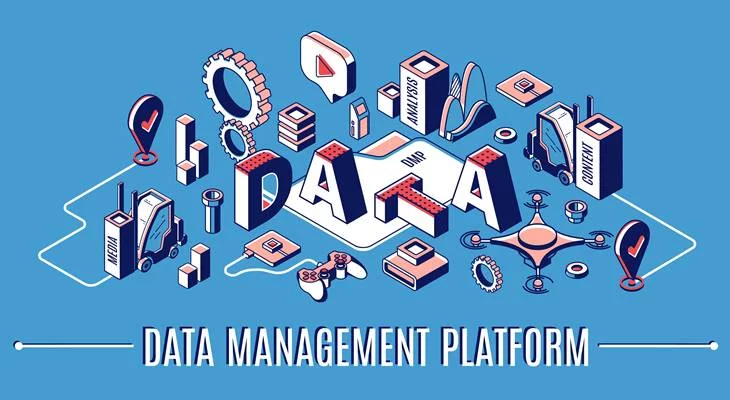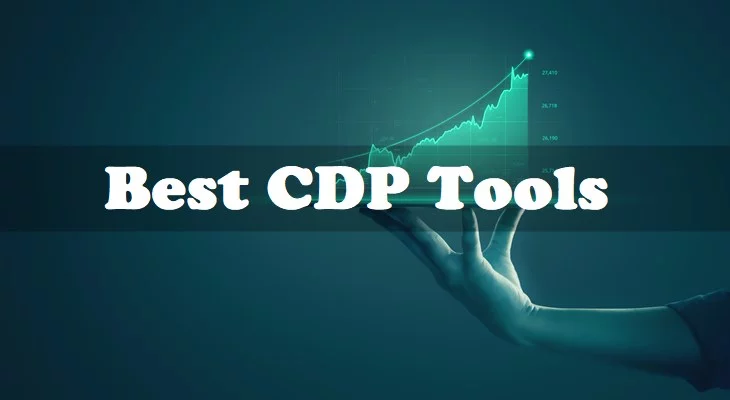What is DMP? How Does it Benefit your Business?
Data management platforms are used to manage & segment the 3rd party, anonymous, or hashed data. These platforms help marketers in segregating the audience for online advertising purposes. Data management platforms often use big data and artificial intelligence to segment large sets of data. But as it deals with third-party data, marketers have to make sure that they are not flagging the data privacy regulations. These platforms also provide you the access to audience analytics, integration with your CRM, and mixing the event attributes through the Boolean expressions. Let’s take a look at some of the best DMP use cases to understand the benefits of DMP. You will also be able to understand how it can be implemented in your line of business
Top 6 DMP Use Cases
Allstate is a famous American insurance company. It was facing an issue in setting up the right target audience through the tools. It also wanted to keep a track of the media partner's promotional activities.
Its marketing ecosystem was complex due to the use of multiple DMP platforms. These platforms include email marketing platforms, social media channels, and other promotional channels.
The company was looking for an alternative to bring online and offline channel data together. It also wanted to improve the transparency and visibility in its marketing channels.
It decided to partner with Neustar for a solution to address these challenges. The marketers at Allstate could easily integrate all of its marketing efforts. Also, it could connect the first-party and third-party data.
Neustar provided the Neustar OneID system, and the marketers at Allstate were able to match 99% of offline data with the 58% online data.
Connecting all the touchpoints online and offline has helped the company to get fresh insights. It has also improved data intelligence.
The Princess Cruises line is headquartered in Santa Clara, California. It wanted to reach out to the potential cruise travelers and inspire them to take on the new adventure.
It also wanted to work on hyper-personalization to serve its target audience with tailor-made content.
It wanted to use a DMP system that can integrate the data from different sources and channels into one system. It approached the Adobe DMP for the same.
Adobe’s DMP was deployed within 3 months of approach. With the help of Adobe’s DMP, the company could save 65% of its marketing spend with intelligent audience suppression.
The marketers at the company could convert 300% more third-party data into first-party data with it. Through Adobe’s other marketing programs, the cruise company increased its customer base.
It also made the data integration between the first-party and third-party effortless.
You May Also Like: Top 7 Differentiating Factors in CDP Vs. DMP Comparison
It is the sixth-largest bank in Canada, headquartered in Montreal, and has more than 2.4 million clients.
The bank wanted to increase its audience reach through targeted advertising. It also wanted to reach out to the parts of Canada that have less brick and mortar branches.
Another key objective of the bank’s marketing efforts was to optimize and increase its digital presence. With this, the company planned to move towards data-based decision models.
Hence it decided to partner with Adobe DMP with the mentioned capabilities. With the help of Adobe Marketing Suite, the bank could get a holistic view of customers and increase the scope of data-based decision models.
The partnership also helped the bank to streamline its marketing process. And it has resulted in lowering the marketing expenditure. This cost is estimated to be around 30% less with personalized content marketing tactics.
Many famous publication houses & journalism outlets like The Independent, London Live, and London Evening Standard come under ESI Media.
It has over 24 million visitors per month and their general demographic is well above average household income.
This audience is harder to reach and hence ESI gets much of its revenue through the advertisements.
ESI wanted to improve the user experience with programmatic advertising and improve visibility. The company needed a multilayered data through which they could identify, segment, and target the audience in a better way.
The company also wanted to bring transparency to the first party and the third party data that its agencies use.
It decided to partner with Salesforce Krux for a DMP platform. Its key objective was to deliver an agile solution and handle multilayered data integrations.
This partnership helped the ad buyers to access the third party data in an improved manner. It also helped the ad buyers with the key insights on ad placements and the related strategy.
This helped the ESI to bring in more ad buyers on their websites without hampering the user experience.
Fandom, which is more famously known as Wikia, has more than 120 million worldwide active fans. Wikia cross channel data is highly valuable.
And the company knew that if it could find the right advertisers for the data, it could charge premium.
But, in order to do that, the company needed a platform that could integrate the first-party and third-party data. And as this was a new venture, the company decided to partner with Salesforce Krux for DMP.
In a short time of this collaboration, the company launched an audience-aware strategy. Its revenues for CPM increased by 220% for wide display images, and by 270% for small display images.
This has helped the company’s reputation for advertising significantly.
Sky Sports is a world-famous broadcaster. And Sky UK wanted to use the customer data to deliver personalized experiences. It also wanted to improve customer interactions and provide better customer care.
To achieve these objectives, it decided to partner with Adobe DMP solution. The collaboration allowed the company to create a hyper-segmented target audience.
The machine learning ability of the platform helped Sky UK to get advanced insights and improve relationships.
Key Takeaways:
We can see from the above-mentioned use cases that DMP can be used for:
- Integrating first-party and third-party databases.
- Improving customer experience.
- Improving programmatic advertisement.
- Getting actionable insights.
- Reducing the overall marketing expenditure.
Also Read: Top 7 CDP Tools (Paid & Free)





